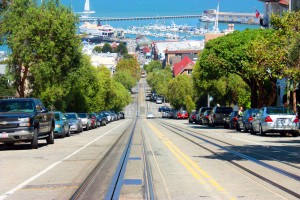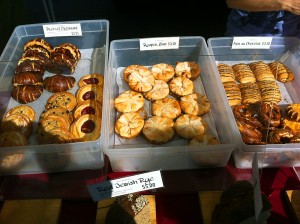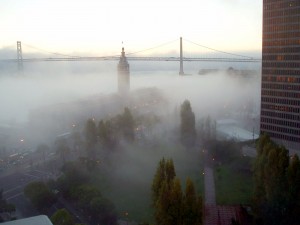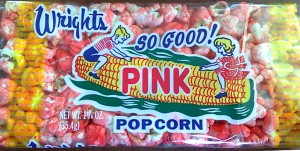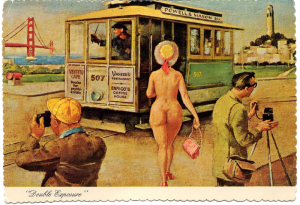 Yes, I do believe the years are beginning to catch up with me so I decided to take a look back today on what it was like growing up in San Francisco back in the 60’s so let’s all jump in the wayback machine and take a look back at the good ole days. This won’t be the most politically correct article I’ve written, but back in my youth the phrase politically correct didn’t exist.
Yes, I do believe the years are beginning to catch up with me so I decided to take a look back today on what it was like growing up in San Francisco back in the 60’s so let’s all jump in the wayback machine and take a look back at the good ole days. This won’t be the most politically correct article I’ve written, but back in my youth the phrase politically correct didn’t exist.
First. When I was a kid we still had rotary phones and we didn’t have to dial a 1 before calling long distance because hardly anyone ever made a call out of the US. It was rare that you made a call outside the state let alone the country.
NASA’s computer system had less power than your smartphone of today yet they were able to send a man to the moon. Today we throw birds at pigs with our computing power.
We knew who our neighbors were. When my Mom died and the local firefighters came to our house it turned out that one of them was a friend from way back when and he took my mind off things by us pointing at the houses up and down the block and naming who used to live in all the houses. Because of this we always had someone to turn to in time of need. If there was a problem in your house you could always turn to your neighbors to help you out.
Sand, it was everywhere. When my parents bought the house in 1954 their backyard was nothing but sand. My Dad used to toss their dog over the back fence and let it run around in the sand dunes behind our back fence. The only reason we have a garden today was because my Dad used to cart in bags of dirt during trips outside the city and dug out the sand and through it over the back fence and replaced it with dirt. He and our next door neighbor got together and even terraced both our back yards into four levels with each area having a different purpose. The only sand that remained was in a bricked in sandbox that was made for me until they realized that the local cats that were allowed outside were using it as their own luxury catbox.
Because of the sand if you lived below Sunset boulevard and didn’t put your car in the garage every night that and the salt air would turn your car into a rust bucket in under five years. Most of the cars down by great highway were rusted out hulks that you probably wouldn’t even believe could be driven, but they were.
If you came from anywhere South of California you were Mexican. We didn’t bother thinking about the other countries even though most of my Mexican friends weren’t from Mexico, but usually Central America. Also back then Latino’s were classified as White, Spanish surname. We didn’t use the term Caucasian which I think started in the 70’s. We did have much more ethnic diversity back then as there were kids I went to school with that were first generation from Ireland, Germany, France, England, India, Japan, China, Italy, Sweden, etc. Sure a lot of them fell under the White category, but there were still many cultural differences.
To quote Herb Caen, Remember when spaghetti was ethnic food? Yes, Italian food wasn’t mainstream and neither was Japanese or Chinese food. I remember when my family was a bit down on their luck we would eat pesto regularly because it was cheap to make and all the other kids would hear of this green sauce you’d put on spaghetti [which was pretty much what any kind of pasta was called] and would they would say, ewww, gross. Now some fast food restaurants use pesto like it was ketchup. Most of the Japanese or Chinese food you would buy back then wasn’t really from the country, but adapted by immigrants from American ingredients. Oh, and back when I was a kid, Japanese restaurants were owned and run by Japanese people. I ordered some food from a Japanese restaurant locally and said arigato when I got my food and the waitress said, huh? You’d never hear that if you said gracias at a burrito joint.
Our playground back then were filled with sharp redwood tanbark chunks and had a few hard metal play structures. Nothing soft and bouncy like you have today and we didn’t have to wear helmets when we rode our bikes. I still have scars to show from my playground and bike riding days to prove it.
Change will always happen. I’m not saying it was better back then, but we didn’t think as much as we do today. Maybe it’s because our parents were all drunks because back then you had cocktails before dinner, an after dinner drink or three and of course there was the night cap before you went to bed. In order to be labeled an alcoholic you had to drink a whole lot. I have to say though that back then at least Harvey Milk wasn’t as gay as the movie Twilight.
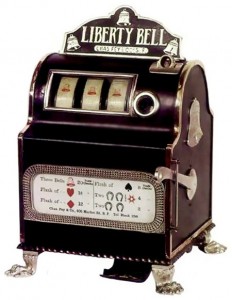 Since I’ve been using the wayback machine I’ll turn it on again and look at a man who was born in 1862 in Bavaria. A man 100 years my senior, one of 15 children who left Bavaria to seek his fortunes in the US starting in New Jersey and eventually ending up in San Francisco.
Since I’ve been using the wayback machine I’ll turn it on again and look at a man who was born in 1862 in Bavaria. A man 100 years my senior, one of 15 children who left Bavaria to seek his fortunes in the US starting in New Jersey and eventually ending up in San Francisco.


